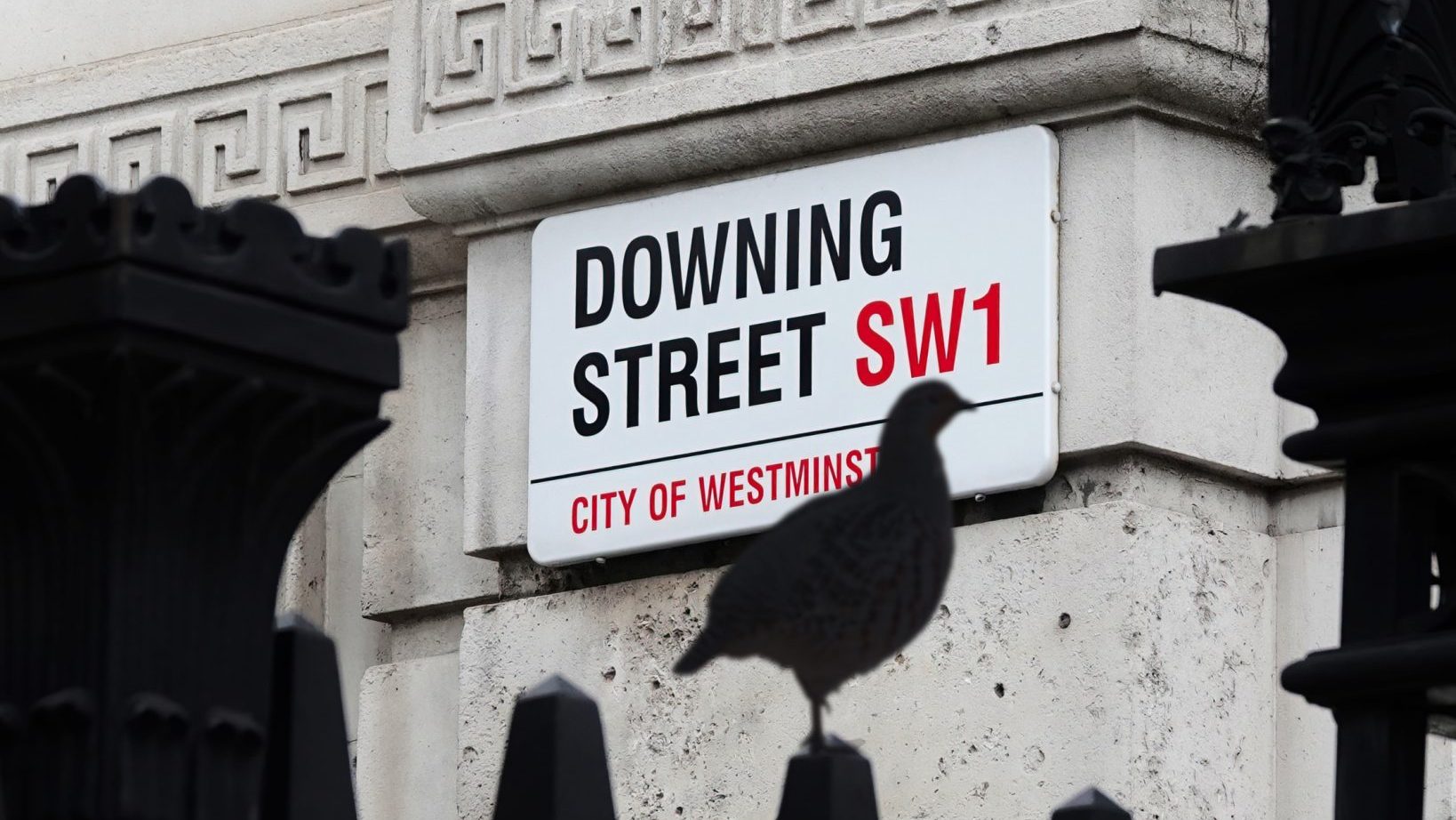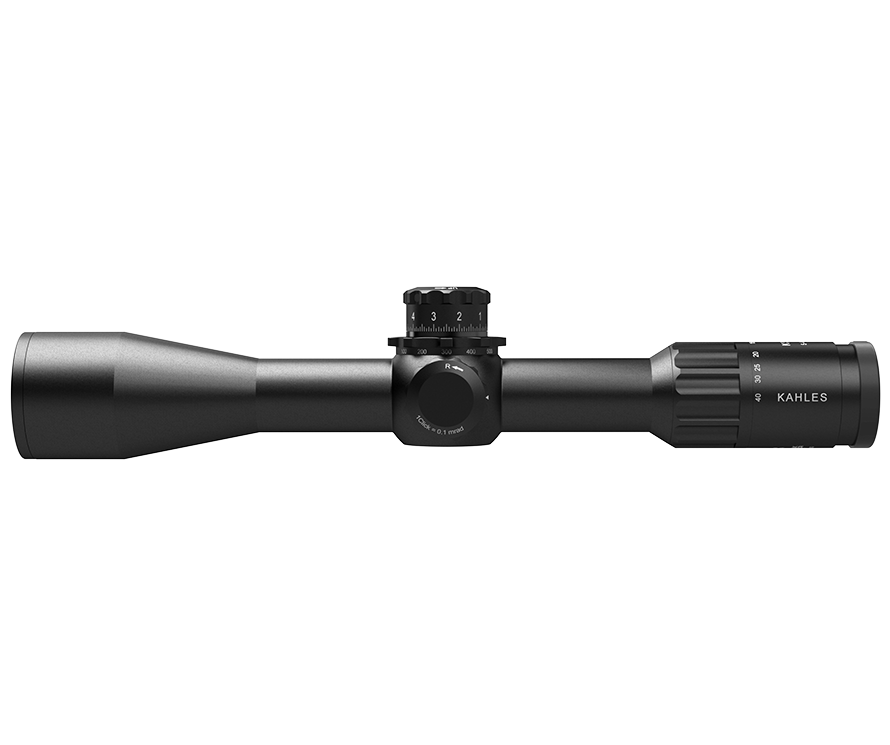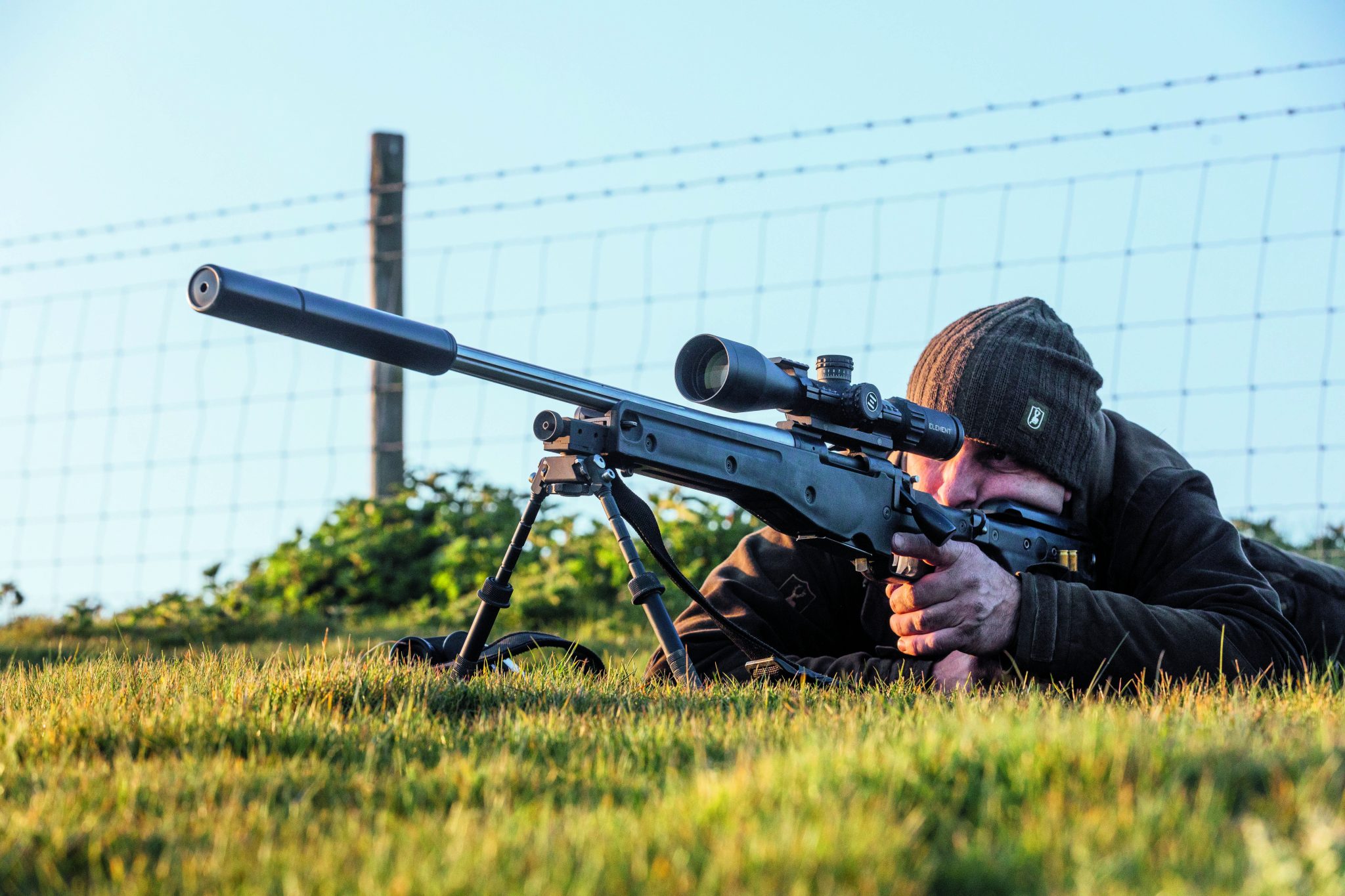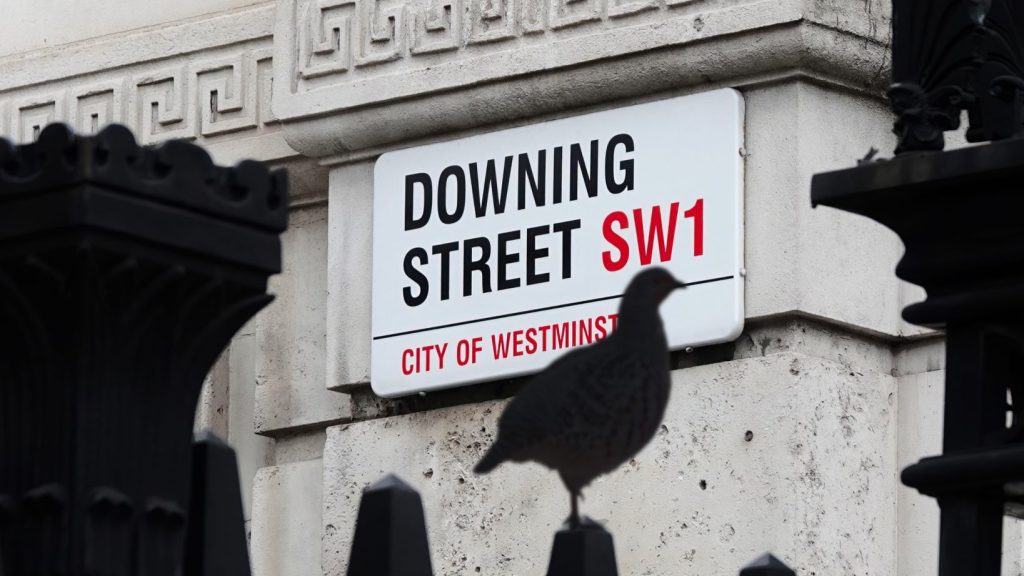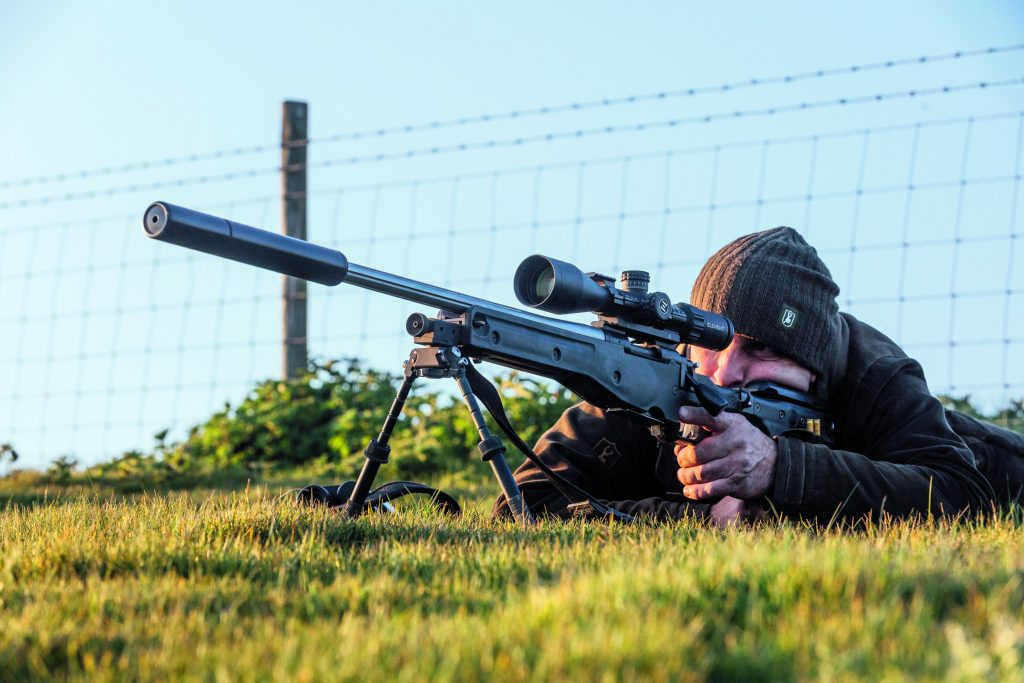News
Chapuis Artisan 28-bore shotgun review
Chapuis Artisan 28-bore shotgun: This French gun is excitingly eccentric, and with some minor tweaking, could be something special at a not unreasonable price.
Would you like to speak to our readers? We offer sponsored articles and advertising to put you in front of our audience. Find out more.It is always a pleasant surprise to receive something different for testing; we get so many manufacturers making guns to similar patterns half a dozen in Italy make virtually the same over-under and at least five in Spain copy the Holland & Holland sidelock side- by-side.
Brownings and Perazzis are similarly imitated, and, with a few notable exceptions, we have been making more or less the same three side-by-side shotguns on these isles for more than a century.
One country, however, continues to make a point of being different la France.
Look at the sliding-breech Darne and ultra-light Baby Bretton.
Witness to an alternative, intriguing thought process, these are quite unlike anything else.
Chapuis Artisan 28-bore
The 28-bore test gun, made by Chapuis of St Etienne (which also makes similar guns in 20, 16, and 12-bore) falls into the excitingly eccentric category.
It looks like a traditional side-by-side, and a rather pretty one at that, but disassemble it and you find some real surprises.
To begin with, this Chapuis is not a blatant imitation of a Holland, a Purdey or an Anson & Deeley as 95% of the world?s side-by-sides are, mechanically speaking.
It is light, too, hitting the scales at only 5½lb even with 30in barrels.
It is presented well and has attractive engraving on an elegant round-bar, sideplated action.
The fitting of the plates to the action body is so good that you need a magnifying glass to see a join (similarly with the trigger plate beneath).
This exemplary metal-to-metal fit is almost certainly the product of new machining technology.
The engraving combines full-coverage scroll and gamebirds. Pheasants are on the right lock plate, partridges on the left, and a woodcock on the rounded action belly, which also shows a bolder floral motif extending back towards the trigger guard.
Scroll and floral work adorn the long Deeley fore-end latch and its carrier. The trigger guard has lighter coverage and a beaded edge to the right side. The trigger blades are nicely proportioned.
It all looks good. Wood-to-metal fit is generally up to a similar high standard (although I noticed a very slight gap between the top of the right-hand sideplate and the stock).
Oil finish and chequering are first class. Blacking is good, too, and the concave rib is well laid, tapered more than the average and has a small, neat, chess pawn-like nickel silver bead at the muzzles.
No quibbles here.
The stock wood shows outstanding figure, and the form is satisfactory if a little different.
The deep splinter fore-end is almost 11in long (practical on a small bore). The butt has a longer than average length of pull at 15.1⁄8in, with a substantial wooden butt plate (which would allow for easy shortening).
The grip is of English straight pattern, but generously proportioned and notably deeper than the norm (and better for it).
There appears to be a substantial fall in the hand of the stock, but it may be caused by the top strap being just a little too high.
My impression was of having my rear hand secure but a little raised on the stock relative to the barrel axis.
The drop dimensions were 1¼in at the front of the comb and nearly 2.3⁄8in to rear.
My preference would be for more drop at the front and less at the rear to create a more parallel comb but I have seen dimensions like this on a number of Continental guns.
Technical data
The Chapuis has a most unusual side-by-side action which does not use the Purdey double lumps common to nearly all English side-by-sides and their many imitators.
An over-under-style stock bolt connects the butt to the action as seen in some recent Italian side-by-sides and the old Winchester 23.
The ejection system is unconventional, too. The gun has a large, wide and hollow box attached to the barrel flats, which acts as a massive lump.
At its front there are split bearing surfaces for the hinge-pin (one sees something like it on the Fabarm side-by-side, and I have seen a George Jeffries hammergun operating on similar principles).
The barrels appear to be made on a dovetail or similar system: they are not monobloc or chopper lump.
The large, hollow lump, which locates in a correspondingly massive recess in the action table, is locked by a single flat bolt and contains small, exposed leaf springs for the ejectors.
It is most unusual for a side-by-side to carry its ejector mechanism on the barrels in this way.
Chapuis uses the same mechanism on its double rifles (and makes more of these than any other manufacturer). The firms guns have a reputation for reliability.
First impressions
Like 16-bores, 28s have a particular fan base. This gun was lively as one might expect considering its weight but no wand, thanks to the long barrels, sensible stock length and hand-filling fore-end.
It pointed well, and had a perfect hinge-pin balance. Breaks on simulated gamebirds with the fixed-choke (quarter, half) barrels were excellent using Lyalvale Express 24g loads.
Felt recoil was surprisingly modest considering the lack of weight. The trigger pulls let the gun down a little. There was some creep.
And the auto safety was a bit too small and not especially positive. I was, however, favourably impressed by the mechanical design of the Chapuis and its presentation.
With a little tweaking on stock dimensions and some trigger regulation, this gun could be something special at a not unreasonable price.
Visit www.yorkguns.com for more information
Related articles
News
Anti-grouse shooting petition crushed by MPs who don't even shoot
Wild Justice's petition to ban driven grouse shooting was quashed in Westminster Hall yesterday, with all but one MP opposing the ban
By Time Well Spent
News
A sound decision as moderators to be taken off licences
The Government has finally confirmed what the shooting community has long argued – that sound moderators should be removed from firearms licensing controls
By Time Well Spent
Manage Consent
To provide the best experiences, we use technologies like cookies to store and/or access device information. Consenting to these technologies will allow us to process data such as browsing behavior or unique IDs on this site. Not consenting or withdrawing consent, may adversely affect certain features and functions.
Functional Always active
The technical storage or access is strictly necessary for the legitimate purpose of enabling the use of a specific service explicitly requested by the subscriber or user, or for the sole purpose of carrying out the transmission of a communication over an electronic communications network.
Preferences
The technical storage or access is necessary for the legitimate purpose of storing preferences that are not requested by the subscriber or user.
Statistics
The technical storage or access that is used exclusively for statistical purposes.
The technical storage or access that is used exclusively for anonymous statistical purposes. Without a subpoena, voluntary compliance on the part of your Internet Service Provider, or additional records from a third party, information stored or retrieved for this purpose alone cannot usually be used to identify you.
Marketing
The technical storage or access is required to create user profiles to send advertising, or to track the user on a website or across several websites for similar marketing purposes.

